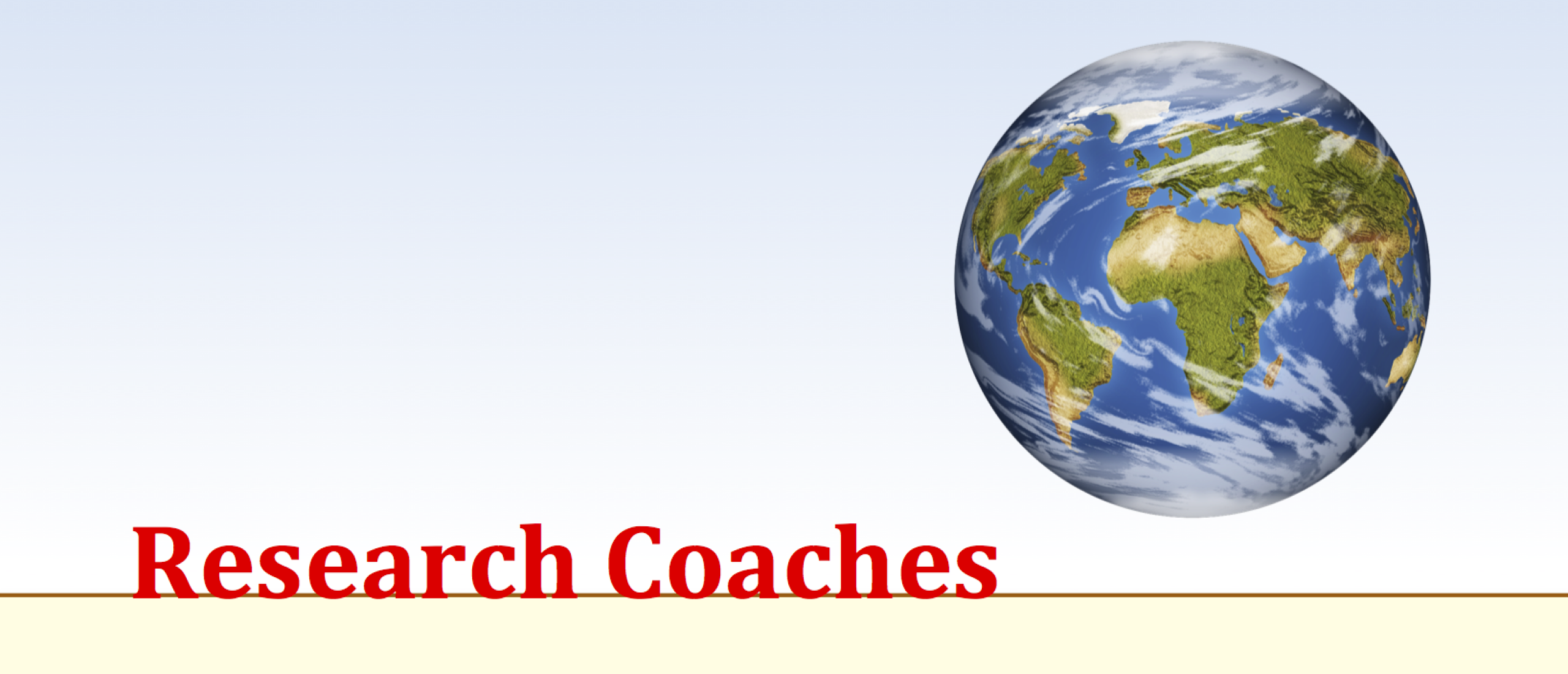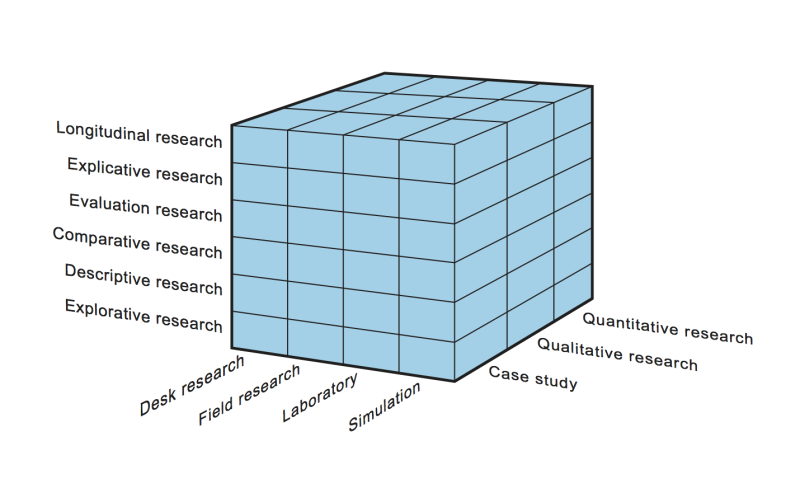
Explorative research (the design of)
In explorative research it is not necessary to have a thoroughly theory and statement about the expected results; the outcome of the research are always uncertain.
What makes an explorative research design so special
When looking at the design of a research six types can be distinguished. One of them is explorative research. This will be described on this page.
Explorative research has this kind of design:

It simply says: this research is done by collecting data from a group of respondents or objects without any specification on a selected moment.
Looking at research in this way, it seems like the scientist can do anything he wants without limitations. Wouldn’t it be great to do research this way all the time? Well maybe it is fun, and maybe it is nice to explore new worlds, but there are some limitations due to budget, time and expectations.
Examples of explorative research
Sometimes companies have a budget for innovative technology, and countries might spend some money on exploring new ideas in any science. But when they allow you to spend their money, there is a serious competition between ideas. Ideas that have fundaments in theory and great expectations of what it will bring to the company or the community, get more support. This however looks more like a descriptive research. The distinction between descriptive and explorative research is explicitly the absence of which data must be collected and which analyses will be performed. All combinations between the variables can be analysed, while in descriptive research most of the analysis are figured out beforehand.
This brings us to another distinction between explorative and descriptive research. It is minor, and not the distinction. Explorative research is usually done on small groups of respondents or objects. Companies or countries do not like to spent lots of money on gathering data if they are not sure of getting results. First a scientist has to show his idea is rather fruitful in an explorative research, and if so, it will be easier to explore this new technology in descriptive, comparative and evaluation research.
Final remarks
Some authors write that explorative research is done to build a new theory. I think that is not the case. Theories start in a mindful thought, not in a research. Sometimes they will say it is used for making up the hypothesis. Well, hypotheses are also part of the theory, so this is not very helpful. However, in an explorative research an indication can be found for the mean and the standard deviation. This will help the scientist to compute the sample size (or better the minimal response).
Some authors write that explorative research is always qualitative research. That is not true either. There is not a very big distinction between qualitative and quantitative research. Read more about these topics on our pages about it.
Related topics to explorative research:
 Return to the index of this dictionary
Return to the index of this dictionary
Every research has a design. Learn how to make one. Read this manual:
Every research can be classified on three dimensions:
1) the research design
2) the location of data collection and
3) the number of cases.
Together they form the research cube. With this classification 72 types of research can be distinguished.



